The COVID-19 pandemic, caused by the novel coronavirus SARS-CoV-2, has spurred global efforts to identify potential preventive and therapeutic measures. In this context, the role of natural compounds, such as those found in cinnamon, has gained attention.
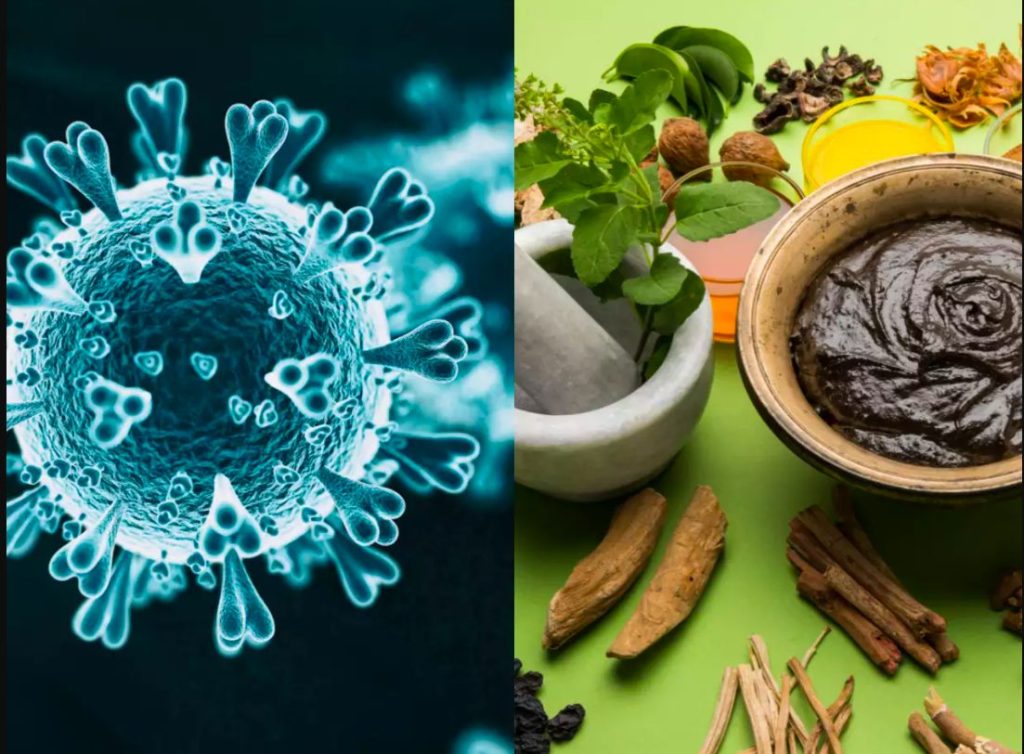
This article explores the scientific literature surrounding cinnamon and its potential impact on COVID-19, examining the relevant compounds and mechanisms that might contribute to its antiviral effects.
Understanding SARS-CoV-2 and COVID-19
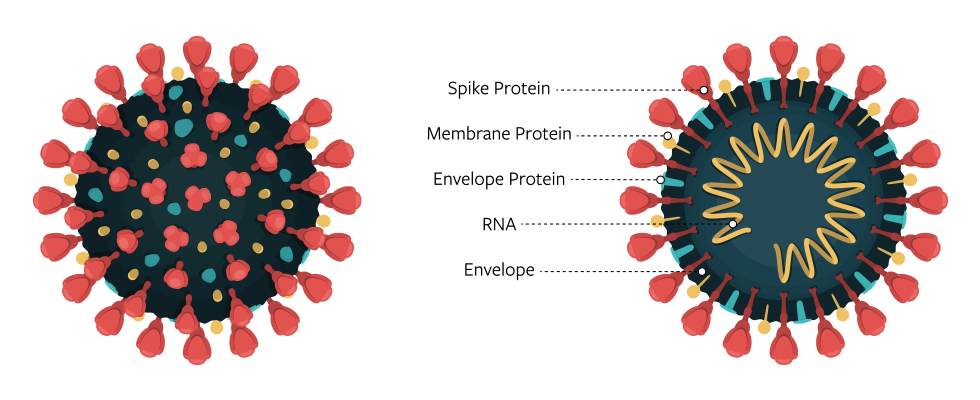
SARS-CoV-2, the virus responsible for COVID-19, is a novel beta-coronavirus that emerged in late 2019. It primarily infects human respiratory cells by binding to the angiotensin-converting enzyme 2 (ACE2) receptor. The virus exhibits high transmissibility, leading to a global pandemic. COVID-19, the disease caused by SARS-CoV-2, manifests with a range of symptoms, from mild respiratory issues to severe pneumonia and acute respiratory distress syndrome (ARDS). The virus spreads through respiratory droplets; its incubation period ranges from 2 to 14 days.
SARS-CoV-2’s ability to cause severe respiratory distress and its rapid global spread prompted widespread research and public health measures. Vaccination campaigns, social distancing, and mask-wearing have become key strategies in controlling the virus’s spread. Ongoing research aims to understand the virus’s variants, long-term effects, and potential treatments, contributing to global efforts to mitigate the impact of COVID-19.
Chemical Composition of Cinnamon
Cinnamon, derived from the bark of trees in the Cinnamomum genus, contains various bioactive compounds that have been studied for their potential health benefits. These compounds include cinnamaldehyde, eugenol, cinnamic acid, and coumarin. Understanding how these components interact with viral infections, including SARS-CoV-2, is crucial in evaluating cinnamon’s potential role in managing COVID-19.
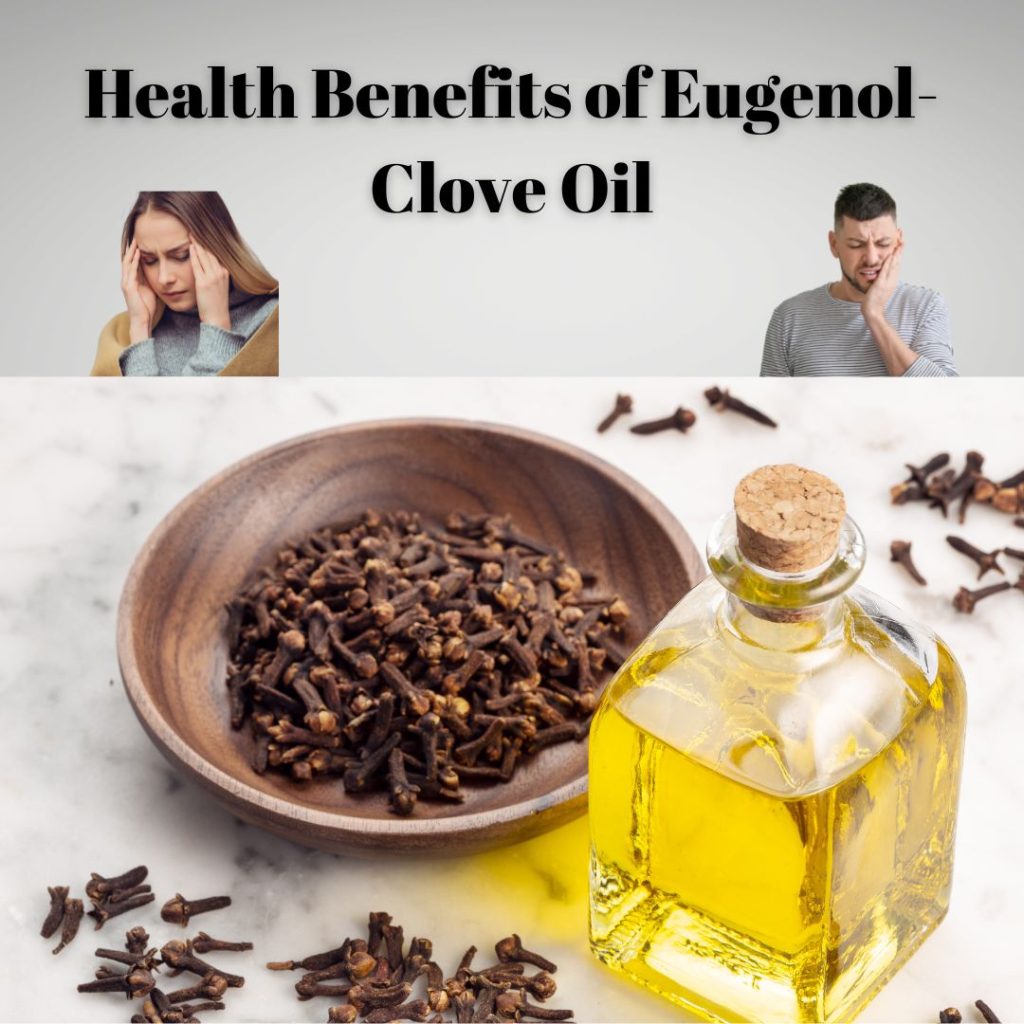
Eugenol, another significant compound found in higher concentrations in Ceylon cinnamon, is known for its antimicrobial and anti-inflammatory properties. Research suggests that eugenol may play a role in interfering with viral replication processes, contributing to its potential antiviral effects.
Cinnamic acid in cinnamon has demonstrated antiviral activity in various contexts. Studies propose that cinnamic acid may inhibit viral entry into host cells and interfere with crucial steps in viral replication.
Coumarin, though present in smaller amounts, has been associated with antiviral activity. However, caution is advised due to potential toxicity concerns associated with high coumarin intake.
Understanding the interactions between these bioactive compounds and viral infections, including SARS-CoV-2, is essential for assessing cinnamon’s potential role in managing COVID-19. Ongoing research aims to elucidate the mechanisms by which cinnamon compounds may impact viral infections, contributing valuable insights to the broader discussion on natural compounds in the fight against infectious diseases.
Cinnamon Antiviral Properties
- Cinnamaldehyde:
- As the primary compound responsible for cinnamon’s flavor and aroma, cinnamaldehyde has shown antiviral properties in several studies.
- Research indicates its potential to inhibit viral replication, making it a target for investigation against SARS-CoV-2.
- Eugenol:
- Eugenol, found in higher concentrations in Ceylon cinnamon, has antimicrobial properties and may interfere with viral replication processes.
- Some studies suggest that eugenol could be explored for its potential antiviral effects against coronaviruses.
- Cinnamic Acid:
- Cinnamic acid has demonstrated antiviral activity in various contexts and might play a role in inhibiting viral entry into host cells.
- Its potential mechanisms against respiratory viruses could be of interest in the context of COVID-19.
- Coumarin:
- Coumarin, present in cinnamon in smaller amounts, has been associated with antiviral activity.
- Caution is required due to potential toxicity concerns associated with high coumarin intake, necessitating careful consideration in COVID-19 research.
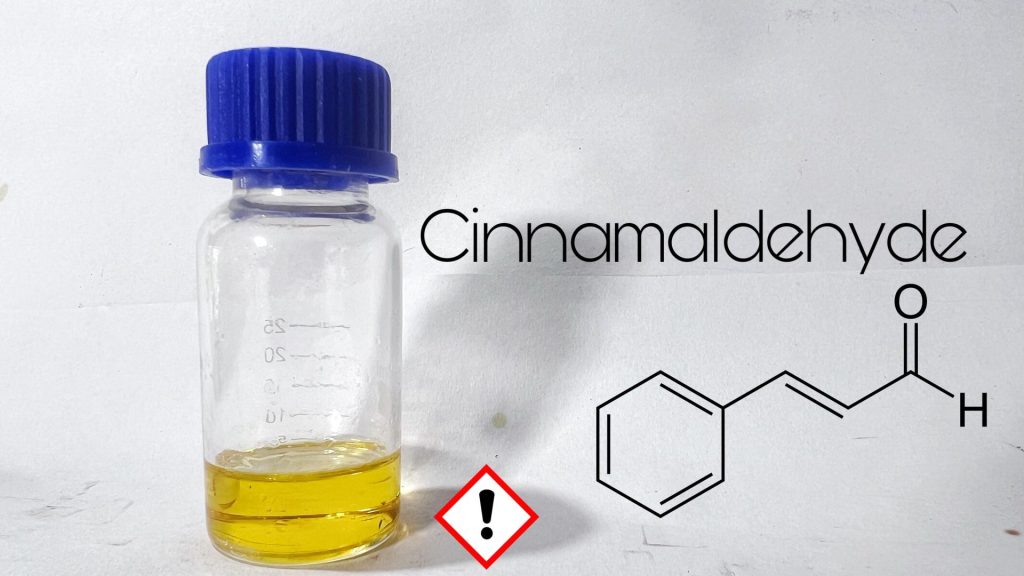
Potential Mechanisms of Action Against SARS-CoV-2
- Inhibition of Viral Replication:
- Cinnamon compounds may interfere with the replication of SARS-CoV-2, potentially limiting the virus’s ability to spread within the host.
- Viral Entry Prevention:
- Compounds in cinnamon might inhibit the attachment and entry of the virus into host cells, acting as a preventive barrier against infection.
- Immunomodulation:
- Cinnamon’s immunomodulatory effects could influence the host’s immune response, potentially enhancing the ability to combat the virus.
Scientific Studies and Findings
While in vitro studies have provided insights into cinnamon’s antiviral properties, research specifically addressing its efficacy against SARS-CoV-2 is limited. Some studies have explored the potential of cinnamon compounds against other coronaviruses, such as SARS-CoV and MERS-CoV, providing a foundation for investigating their effects on the novel coronavirus.
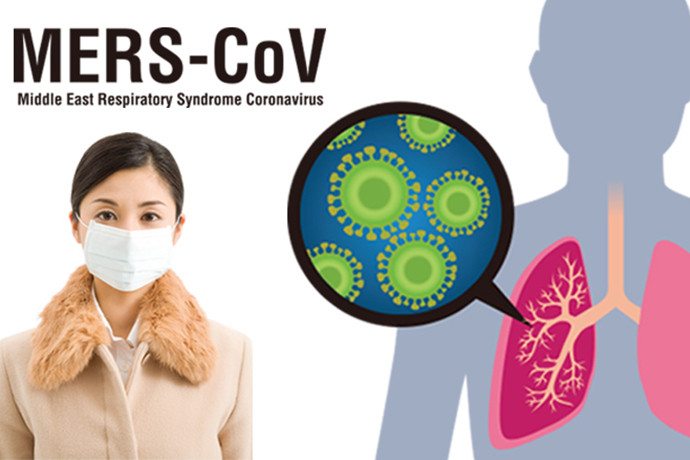
Studies involving these related coronaviruses have explored the impact of cinnamon compounds on viral replication, entry, and other critical processes. While these investigations provide intriguing insights into the potential antiviral effects of cinnamon, the unique characteristics of SARS-CoV-2 necessitate dedicated research to ascertain its specific impact on this novel virus.
Given the urgency of the COVID-19 pandemic, the scientific community is actively exploring cinnamon’s potential role in mitigating viral infections. Continued research efforts are crucial for a comprehensive understanding of cinnamon’s antiviral properties and its applicability to combatting SARS-CoV-2. As researchers delve into the intricacies of cinnamon’s interactions with coronaviruses, including comprehensive clinical trials, a clearer picture may emerge regarding its potential contribution to the prevention or treatment of COVID-19.
Clinical Evidence and Considerations
Despite the promising findings from in vitro studies, the translation of cinnamon’s potential antiviral properties to clinical efficacy against COVID-19 is currently hindered by a scarcity of robust clinical evidence. Clinical trials specifically designed to assess cinnamon’s impact on preventing or treating COVID-19 are limited, emphasizing the need for rigorous investigation in human populations.
Clinical evidence requires meticulous scrutiny of various factors, including dosage, formulation, and participant demographics. The lack of standardized approaches in existing studies poses challenges in drawing definitive conclusions about cinnamon’s role in managing COVID-19. As the scientific community navigates this uncharted territory, researchers must consider ethical considerations, patient safety, and the potential for adverse effects associated with concentrated cinnamon supplements.

While the exploration of natural compounds like cinnamon holds promise, it is crucial to approach clinical evidence with caution and recognize the complexity of human responses to interventions. Collaborative efforts are essential to design well-controlled clinical trials, ensuring the collection of robust data that can contribute to a more comprehensive understanding of cinnamon’s potential in the fight against COVID-19. Until then, the use of cinnamon as a preventive or therapeutic measure should be approached with careful consideration, and individuals are advised to consult healthcare professionals for guidance based on the latest scientific evidence.
Safety Considerations and Dosage
Safety considerations and proper dosage are paramount when exploring the potential health benefits of cinnamon, especially in the context of its use against viral infections like COVID-19. While cinnamon is generally recognized as safe when consumed as a spice in culinary amounts, caution is warranted when considering concentrated cinnamon supplements or extracts.
One significant safety concern arises from the presence of coumarin in cinnamon, particularly in the Cassia variety. High coumarin intake has been associated with potential liver toxicity.
Therefore, individuals with pre-existing liver conditions or those taking medications that affect liver function should exercise caution and consult healthcare professionals before incorporating concentrated cinnamon supplements into their routine.
Dosage is a critical factor in ensuring both safety and effectiveness. The appropriate dosage may vary based on factors such as age, health status, and individual tolerance. Excessive consumption of cinnamon, especially in supplement form, can lead to adverse effects.
To strike a balance between potential benefits and safety, it is advisable to obtain cinnamon from dietary sources or use standardized supplements with known coumarin content. Individuals should adhere to recommended daily intake guidelines and consult healthcare providers, particularly when considering cinnamon as a complementary measure against viral infections.
As research progresses, safety guidelines may be refined, underscoring the importance of staying informed and seeking professional advice for optimal health outcomes.
Conclusion:
The potential antiviral properties of cinnamon compounds, particularly cinnamaldehyde, eugenol, and cinnamic acid, make it an intriguing candidate for further research in the context of COVID-19. While preliminary findings are promising, the lack of comprehensive clinical evidence underscores the need for caution and continued investigation.
Cinnamon, whether incorporated into the diet or explored as a therapeutic agent, should be approached with a balanced perspective, considering both its potential benefits and safety considerations.
As the scientific community works towards unraveling the mysteries of COVID-19, cinnamon’s role remains an area of interest that merits ongoing exploration and research.
